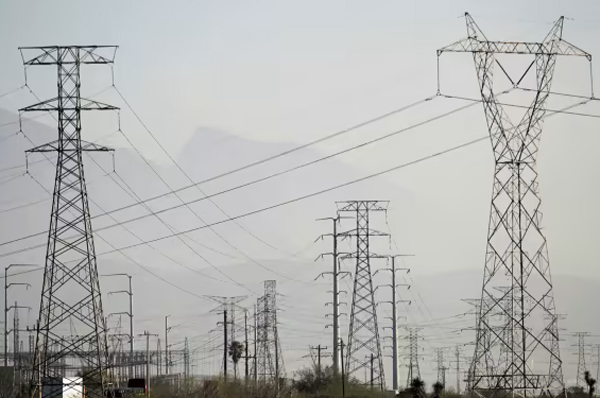
Sheky Espejo, Platts
MEXICO CITY
EnergiesNet.com 11 04 2022
The legal gridlock that has affected Mexico’s power market the past few years will likely continue for the foreseeable future, despite a final and controversial vote the country’s Supreme Court made to solve the issue.
Mexico´s Supreme Court April 7 discussed and voted on a motion that sought to solve a challenge against modifications made in 2021 by the administration of President Andrés Manuel López Obrador to the law of the power sector, which benefits state utility CFE.
The Supreme Court vote comes as Congress prepares to vote on a proposed constitutional reform that will grant CFE limitless power over the sector and that the president proposed after the modifications to the power sector law were blocked in court.
The motion, presented by justice Loretta Ortiz Ahlf, needed six votes to be approved and declare the modifications constitutional. In contrast, eight votes were needed to declare them unconstitutional and eliminate them completely, but only four votes were obtained in favor and seven against, meaning the modifications could not be declared constitutional, but they also could not be deemed unconstitutional.
“This ambiguity leaves things exactly the way they were the day before the vote,” said Daniel Sanchez Morales, a partner at Baker & McKenzie who specializes in Mexico’s energy law. “This means that those companies that looked for protection against the new regulation remain protected.”
In Mexico, individuals and companies who fear their rights are being violated by a new regulation can seek protection through an “amparo” lawsuit, a form of appeal that protects one from the law until a sentence is made by a judge.
“Amparos” continue their legal course and will be resolved in due time. Although the court did not reach the eight votes needed to declare the modifications unconstitutional, they did reach a simple majority, which marks a precedent, Sanchez Morales said. Those who got one amparo are likely to win it as judges should take the resolutions of the Supreme Court as a reference, he said.
Bernardo Cortes Araujo, a partner at Mexico City law firm Cortes & Quesada agreed that the large number of votes against the motion is positive for the resolution of amparos, but added it does not necessarily mean that all amparos will be won immediately following the vote of the court, and said that some of the amparos might reach the Supreme Court again.
“Clients are tired and frustrated. It seems as if this gridlock is never-ending,” Cortes Araujo told S&P Global Commodity Insights.
Sergio Pimentel, a partner at Mexico City-based consultancy Agon, said during a panel discussion April 7 about the Supreme court vote that it was a shame that the resolution of the court was not as “emphatic” as many had expected and agreed that the impasse of the sector is far from over.
“This issue is far from over; we still have to follow closely what happens going forward,” Pimentel said.
Executive pressure
The executive branch of the government is believed by many to have exercised pressure on Supreme Court justices to avoid declaring the modifications to the law unconstitutional, as strengthening CFE has been one of the main commitments of the president.
Critics, who declined to be named, told S&P Global there are many elements that cast doubt on the independence of the vote, and highlight that two of the justices who voted in favor of the motion were appointed by the president and one of them is actually a founding member of the president’s party, MORENA. Also, Adan Augusto Lopez, Mexico’s Interior Minister, was spotted visiting the Supreme Court a day before the vote.
Many in the country have the same fears and have expressed concern.
During his April 8 press conference, López Obrador denied his government put any pressure on the justices and praised the court’s decision. “It was a historic and patriotic decision,” he said.
spglobal.com 04 08 2022












